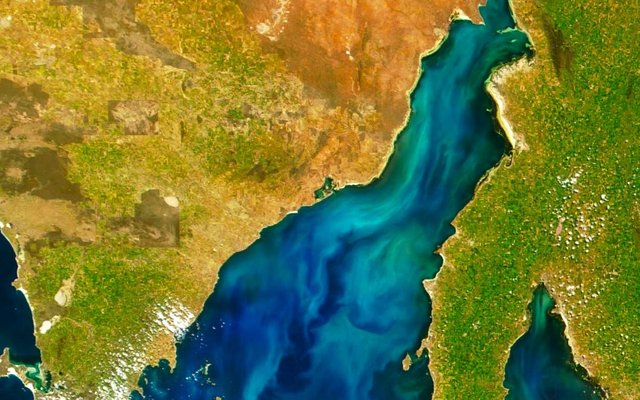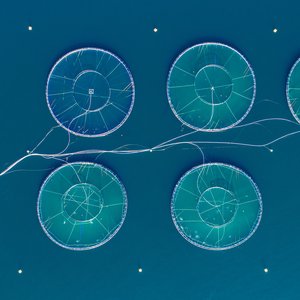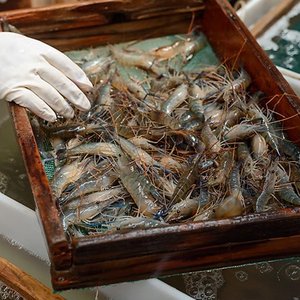Australia’s national science agency, CSIRO, has completed initial testing of a ‘weather service’ for water quality in the Spencer Gulf in South Australia – which provides much of the country’s seafood – with plans to use the technology in local aquaculture farms.
CSIRO’s AquaWatch Australia mission combines data from water sensors and satellites before applying computer models and artificial intelligence to provide near-real-time water quality monitoring and forecasts. The Spencer Gulf test site is the first in Australia to demonstrate the AquaWatch technology works, a milestone achieved in partnership with SmartSat CRC and the South Australian Research and Development Institute (SARDI).
CSIRO senior scientist Nagur Cherukuru said the team’s focus has now turned to collecting data to inform the area’s thriving aquaculture industry, which could warn them of harmful marine events such as algal blooms before they occur.
CSIRO is inviting Traditional Custodians and industry partners to help co-design the next phase to extend water quality monitoring of the Spencer Gulf and deliver data to decision-makers and Elders.
Professor Andy Koronios, CEO of SmartSat CRC, said his team was working with CSIRO as a foundation partner on AquaWatch. “We are working hand-in-hand with CSIRO to harness data from satellites so we can better manage this very valuable resource.”
“AquaWatch is establishing critical infrastructure through a state-of-the-art data system and national water sensor network to help our country become more resilient to extreme weather and adverse marine events. The technologies and capabilities that we are developing for the nation will result in commercial opportunities in aquaculture, in fisheries and in making Australia a high-tech nation,” Koronios said.













